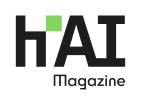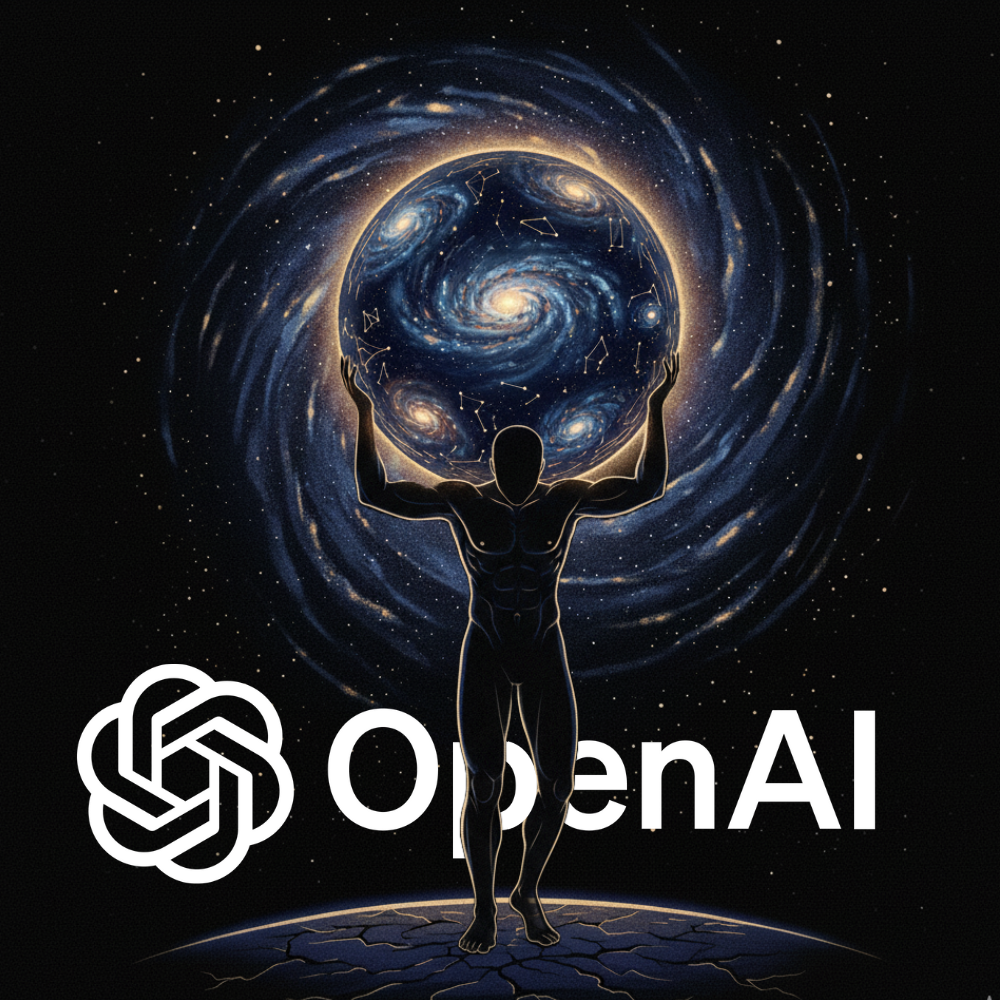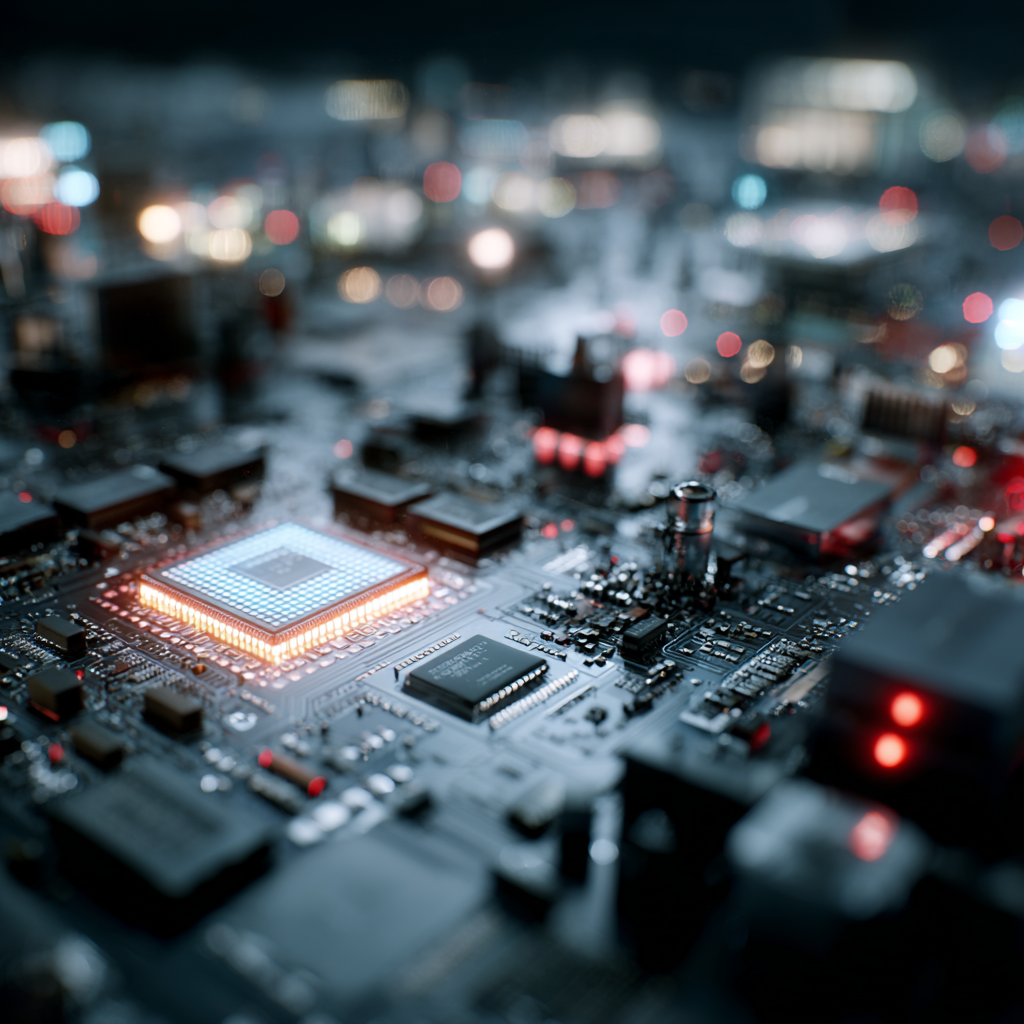Artificial intelligence is no longer a futuristic vision — it has become everyday life in teenagers’ rooms and smartphones. It shapes the way they learn, do their homework and think about their future. The Oxford University Press report “Teaching the AI-Native Generation” takes a behind-the-scenes look at this revolution. Based on a study of 2,000 young people aged 13–18, it reveals the hopes and fears faced by the first generation raised in the AI era.
AI – a common yet unequal tool
The scale of the phenomenon is massive. As many as eight out of ten young people admit they use AI tools to help with their school studies, and nearly as many (79%) turn to them when doing their homework. However, the study shows that access to technology and the ability to use it are not equal. In London, a whopping 92% of young people use AI for their homework, while in the north of England, that figure is only 76%. This digital inequality could deepen educational disparities in the future.






